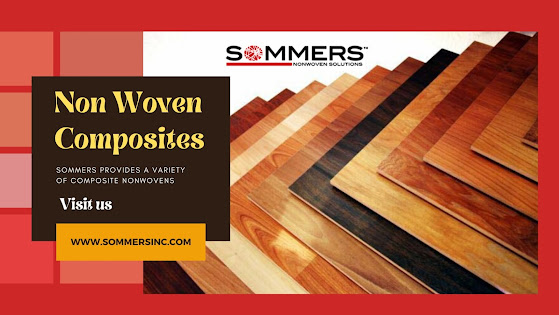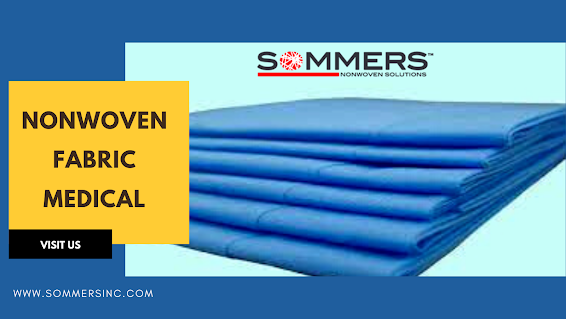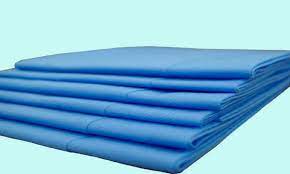Revolutionizing Industries: Exploring The Benefits Of Non-Woven Composites Materials

In today's rapidly evolving industrial landscape, the demand for advanced materials that offer superior performance and versatility is on the rise. Non-woven composites have emerged as a highly adapted material in this regard, revolutionizing numerous industries with their unique benefits and innovative applications. Combining the best characteristics of different materials, non-woven composites are transforming traditional manufacturing processes and unlocking new possibilities. But what are these non-woven composites, and how it is evolving and shaping many industries? Let's delve deeper into it from below. What's involved in non-woven composites? Composites are substances made mostly of two different components. Usually, one of the two components is referred to as the reinforcing phase and the other as the matrix. Particles, fibers, platelets, or flakes can make up the reinforcing phase. The continuous matrix is often made of ceramic, metal, or polymer components. At t

.png)
.png)


